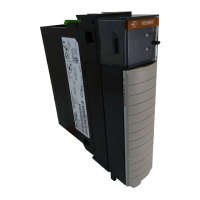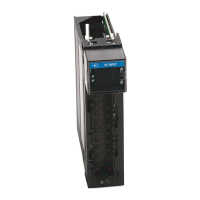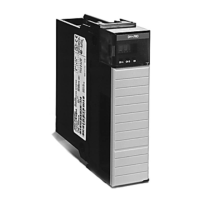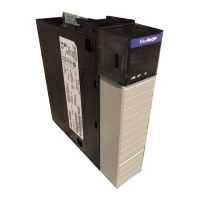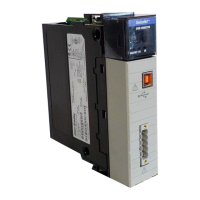Rockwell Automation Publication MOTION-UM002E-EN-P - June 2016 109
Configure Camming Chapter 8
Cam Profiles
A cam profile is a representation of non-linear motion, that is, a motion profile
that includes a start point, end point, and all points and segments in between.
An array of cam elements represents a cam profile. The point pair that is used
in a cam profile determines slave axis movement in response to master axis
positions or times.
In a motion control application, you can use two different types of general cam
profiles to accomplish electronic camming:
• Position Cam Profile
• Time Cam Profile
Position Cam Profile
Position-lock cams provide the capability of implementing non-linear
electronic gearing relationships between two axes based on a Cam Profile.
Upon execution of this instruction, the axis that is specified as the slave is
synchronized with the axis designated as the master.
A position cam profile is defined by using a table of points that contains the
following information:
• An array of master axis position values
• An array of slave axis position values
The master axis position values correspond to the slave axis position values.
When the master axis reaches a specific position, the slave axis moves to its
specific corresponding point, as defined in the table of points for the cam
profile.
Additionally, a position cam profile does the following:
• Provides the capability of implementing non-linear electronic gearing
relationships between two axes
• Does not use maximum velocity, acceleration, or deceleration limits
Position cam profiles are used with Motion Axis Position Cam (MAPC)
instructions. Upon execution of this instruction, the slave axis is synchronized
with the master axis.
See the Logix5000 Controllers Motion Instructions Reference Manual,
publication MOTION-RM002
, for more information on how to configure
the position cam profile in an MAPC instruction.
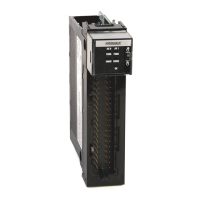
